Introduction
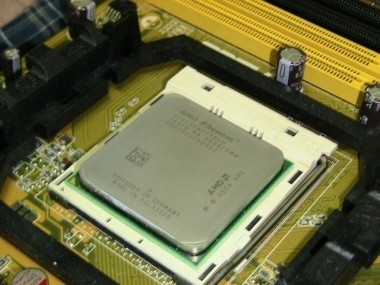
Just recently we took a look at the AMD K10 architecture in the form of the Phenom X4 processor, and while it doesn't have the power and clock speeds to directly compete with the Core 2 on a clock for clock basis, AMD has one idea in mind; cost, that is where Phenom can't be argued on.
With the top model Phenom costing around the $250 AUD mark, it's a hard processor to go past, especially when you consider you can have it with either an AMD chipset to support Crossfire or an NVIDIA chipset to support SLI and Crossfire (that's coming soon folks).
While the X4 is the more costly option (though in today's world the cost of a $250 processor isn't really that expensive), AMD is going to start shipping a cheaper option based on the same K10 architecture, and yes it keeps the Phenom branding, it's a direct descendant of the X4, but with a few modifications.
On the chopping block today we have the new kid on the block designed to take over where the Athlon 64 X2's price range is set. Help us welcome to the Phenom family the triple core X3. How well does it perform? Stick around while we find out!
Phenom X3 Up Close
Phenom X3 up Close
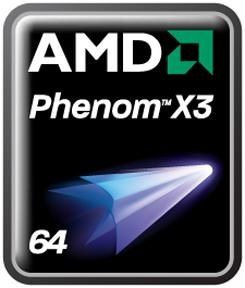
AMD's Phenom architecture is a step up on the K8 with a few major changes which we have already covered in our Phenom X4 9850 review. The Phenom X3 continues on with this same architecture; there are no major changes to the architecture apart from some internal workings.
In the design process of the AMD K10 quad core setups, there is always room for error on the silicon level. Unlike Intel's design of placing two separate dies on a single chip, AMD integrates all four cores on the same silicon wafer, which technically works better thanks to all the cores communicating together rather than two separate dies having to use an FSB to find out what each other are doing. Sometime during the manufacturing process, one of the cores can come out less than stellar, either a problem with the silicon preventing it from actually working, or it not working at its rated speed. This is where AMD has managed to salvage the production process.
The Phenom X3 is actually an X4 processor with one of the four cores disabled electronically; this allows the CPU to be salvaged in the process as well as AMD being able to offer a new line of CPUs at a cheaper price in the Phenom family. While triple core CPUs are new in theory, AMD is the first to actually bring it into practice. The main question is, will it be useful? - And how much slower will it be compared to an X4 based processor at the same clock speeds?
The Phenom X3 in design is no different from the X4 or any Socket 754, 939 or AM2(+) CPU on the market. AMD hasn't gone for any dramatic changes in style; however, the dynamics of the processor are extremely impressive. Currently in the AMD line-up at launch there are to be three different X3 models, with more coming. The current range includes the 8450 clocked at 2.1GHz, the 8650 clocked at 2.3GHz and 8750 clocked at 2.4GHz. The model numbers follow the Phenom X4 line with a few changes; it is an 8000 series family, not 9000, however the second and third numbers stay the same to denote its speed and revision (anything with a xx50 number is B3).
The Phenom X3 is designed to be the more cost efficient brother to the X4. To that end, a few changes have been made. First off, the memory controller has been given a small hit. While it still supports DDR2-1066 modules when combined with a HT3 supporting board, its memory controller on the Northbridge has been slowed down from 2GHz on the X4 to 1.8GHz. This is so AMD is able to give the Phenom X3 a small percentage hit right out of the box. After all, we don't want another Celeron Vs. Pentium II war happening; this almost killed Intel.
Phenom X3 is also designed to be a more thermal efficient processor than the X4. With X4's coming in a 120watt TDP, the X3 processor comes in under 100watts at 95watt TDP. This makes it even better for low noise applications like HTPCs and office environments. After all, who wants to listen to the sound of fans running all day?
Cache sizes on the CPU have changed as well. First off, the L1 cache size of 128K (64K instructions and 64K data per core, or a total of 512K L1 cache per CPU) have remained intact. L2 cache has dropped from a total of 2MB on the X4 (512K per core) to 1.5MB (512K per core); this is due to the extra core being disabled, and since it's no longer functional, the cache that core carries is simply not usable. L3 cache remains at 2MB shared between all three cores, so we have 512K less cache on the X3s compared to the X4 brothers.
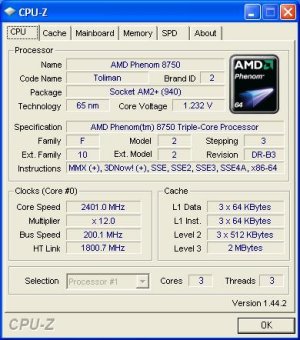
CPU-Z 1.44.2 managed to pick up the Phenom X3 without any problems, it seems its been already written into the code. The revision we got with no surprises was a B3 stepping clocked at 2.4GHz out of the box. The HT Link on the X3 processor is clocked in at 1.8GHz, the same as the memory controller speed; this is how AMD is able to limit the X3's overall potential.
Test System Setup and Memory Performance
Test System
Motherboard: ASUS M3A32-MVP (Supplied by AMD)
Memory: 2x 1GB DDR2-1186 Geil (Supplied by Geil)
Hard Disk: 500GB Seagate 7200.9 (Supplied by Seagate Australia)
Graphics Card: MSI GeForce 8800GTS 640MB (Supplied by MSI)
Cooling: GIGABYTE 3D Galaxy II (Supplied by GIGABYTE)
Operating System: Microsoft Windows XP SP2
Drivers: ATI Catalyst 8.3, Forceware 163.21
Our test system remains the same from our Phenom X4 review. The board, memory and in all the entire setup is unchanged. While AMD does recommend the 780G chipset for the Phenom X3 (as this is where its price point is), we decided to go and run it on the AMD 790FX powered ASUS M3A32-MVP Deluxe motherboard.
We simulated both 8750 and 8650 speeds (2.4GHz and 2.3GHz) and compared them to the same clock speeds in the AMD Phenom X4 range to determine how much performance has been lost, if any on the X3s. We also threw in the older Athlon 64 X2 clocked at 3GHz to see if it's actually worth the upgrade.
EVEREST Ultimate Edition
Version and / or Patch Used: 2006
Developer Homepage: http://www.lavalys.com
Product Homepage: http://www.lavalys.com
Buy It Here
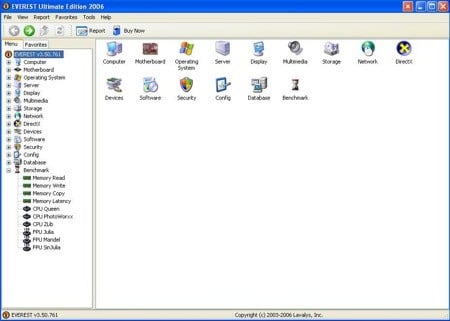
EVEREST Ultimate Edition is an industry leading system diagnostics and benchmarking solution for enthusiasts PC users, based on the award-winning EVEREST Technology. During system optimizations and tweaking it provides essential system and overclock information, advanced hardware monitoring and diagnostics capabilities to check the effects of the applied settings. CPU, FPU and memory benchmarks are available to measure the actual system performance and compare it to previous states or other systems.
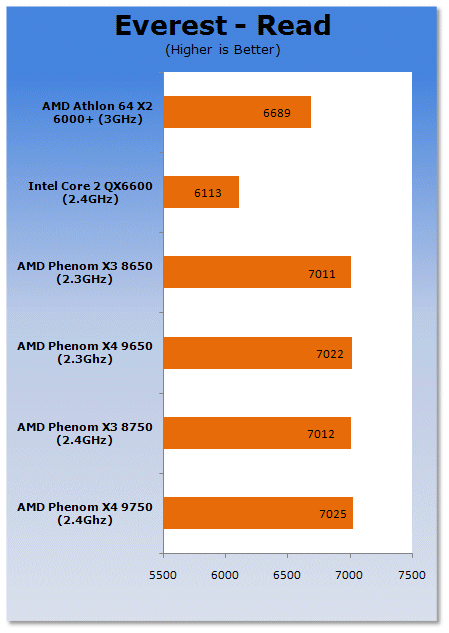
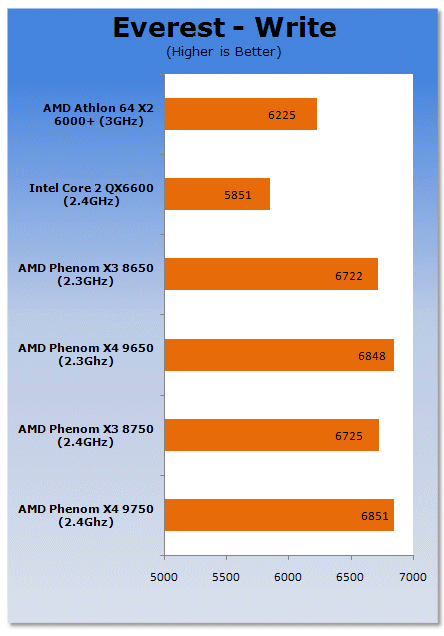
Due to a slightly slower memory controller, the X3 is a little behind the X4, but not by much at all. Due to the on-die nature of the controller, it's after bandwidth, not clock speeds. This is what AMD really was aiming for, and what it has managed to get out of the X3 and X4 families.
Benchmarks - Sysmark 2007 Preview
SYSmark 2007
Version and / or Patch Used: 1.03
Developer Homepage: http://www.bapco.com/
Product Homepage: http://www.bapco.com/products/sysmark2007preview/>

SYSmark 2007 Preview is the latest version of the premier performance metric that measures and compares PC performance based on real world applications.
SYSmark 2007 Preview extends the SYSmark family, which has been widely accepted by IT Managers, PC OEMs, press and analysts worldwide to support Windows Vista™.
SYSmark 2007 Preview allows users to directly compare platforms based on Windows Vista™ to those based on Windows XP Professional and Home.
The new release also incorporates numerous new features and enhancements such as an improved GUI allowing streamlined start-up and run along with a heads-up-display (HUD) and automated error reporting.
SYSmark 2007 Preview is an application-based benchmark that reflects usage patterns of business users in the areas of Video creation, E-learning, 3D Modeling and Office Productivity. This new release includes a robust and refreshed set of applications.
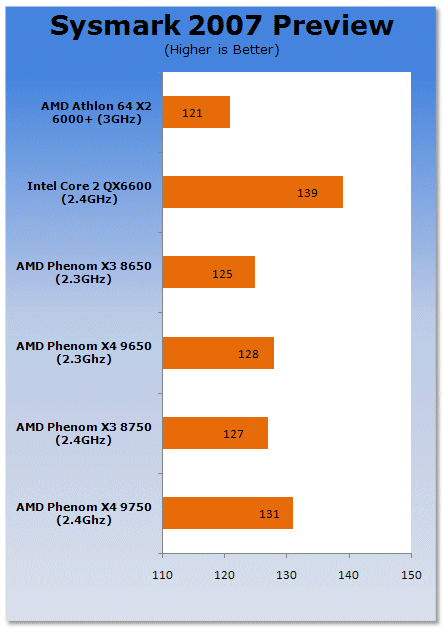
In the real world applications we see a slight drop. Whether this is due to the lack of the extra core or the slower memory controller (or both), we can't quite tell; but it's clear that at clock for clock, the X3 is slower than the X4.
Benchmarks - PCMark05
PCMark
Version and / or Patch Used: 1.2.0
Developer Homepage: http://www.futuremark.com
Product Homepage: http://www.futuremark.com/products/pcmark04/
Buy It Here
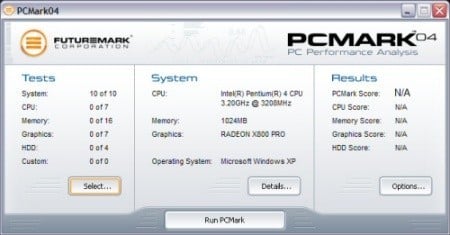
PCMark is a multipurpose benchmark, suited for benchmarking all kinds of PCs, from laptops to workstations, as well as across multiple Windows operating systems. This easy-to-use benchmark makes professional strength benchmarking software available even to novice users. PCMark consists of a series of tests that represent common tasks in home and office programs. PCMark also covers many additional areas outside the scope of other MadOnion.com benchmarks.
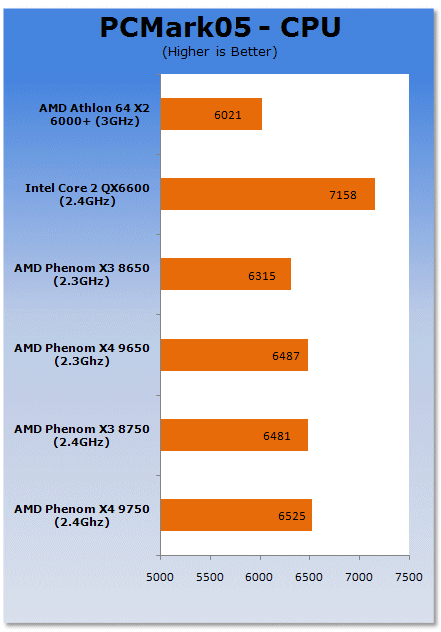
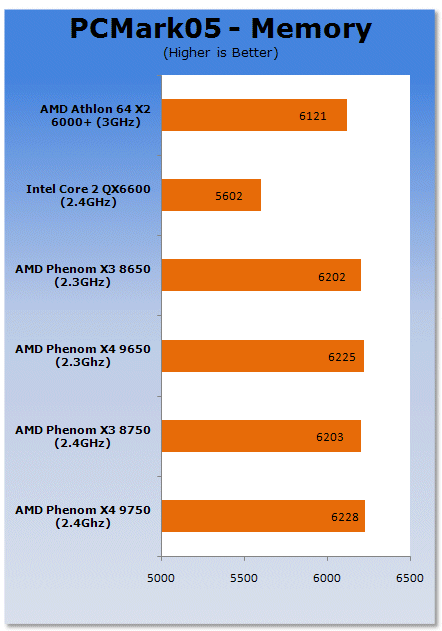
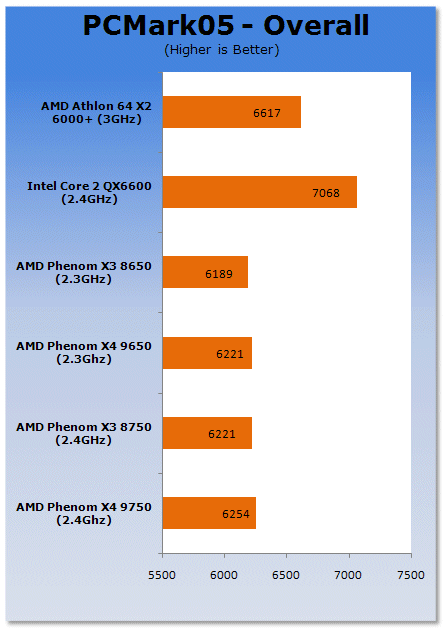
Again in PCMark05 we see the Phenom X4 at the same clocks winning over the X3. However, the X3 manages to show up the Athlon 64 X2, even at slower clock speeds. It's good to know AMD has managed to do something right here.
Benchmarks - Adobe Premiere Elements 3.0
Adobe Premiere Elements 3.0
Version and / or Patch Used: 3.0
Developer Homepage: http://www.adobe.com
Product Homepage: http://www.adobe.com/products/premiereel/
Buy It Here

Our test with Adobe Premiere Elements 3.0 is performed with a raw two hour AVI file. It is then compressed into DivX format using the latest version codec. We measure the time it takes to encode and then record CPU usage.
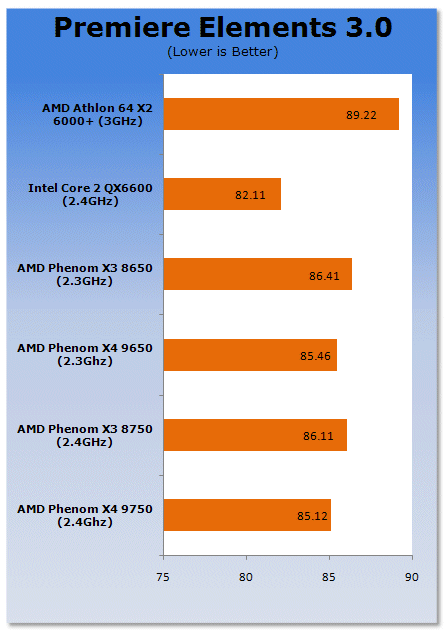
This is where we get to see the X3s real performance in the real world encoding setup. While lacking an extra core and the 200MHz slower memory controller, we do see it produce some very impressive scores nonetheless, and manages to still keep up as a very strong contender here. However, it's slower memory speed and lack of a fourth core does give it a bit of a kick in the butt.
Benchmarks - Super Pi
Super PI
Version and / or Patch Used: 1.5 MOD
Developer Homepage: http://pw1.netcom.com/~hjsmith/Pi/Super_Pi.html
Product Homepage: http://pw1.netcom.com/~hjsmith/Pi/Super_Pi.html
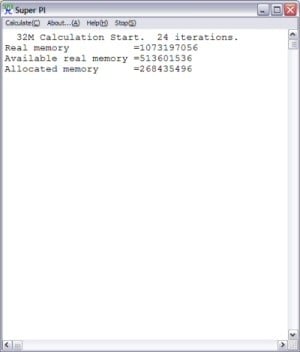
Developed by some folks from the University of Tokyo (yes, Japan), Super PI is a small utility that does just as the name implies. It figures PI to a set number of decimal places. Since PI is an infinite number to the right of the decimal point, the utility measures the time it takes to figure a set number of places. It runs the calculations a set number of times and gives a time for the completion of the task. This is a simple and effective way to measure the raw number crunching power of the processor being used to compile the results.
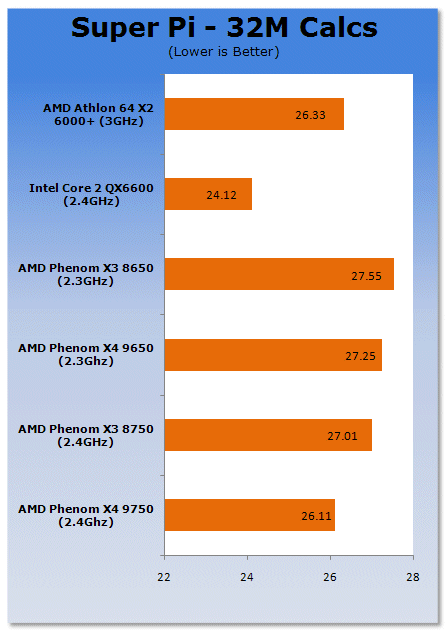
Putting the CPU into some intense calculations, we see the lack of the extra core does hinder the X3, coming in a bit slower than the same clocked X4. However, it still manages to stay well ahead of the Athlon 64 X2.
Benchmarks - 3DMark06
3DMark06
Version and / or Patch Used: 1.1.0
Developer Homepage: http://www.futuremark.com
Product Homepage: http://www.futuremark.com/products/3dmark06/
Buy It Here

3DMark06 is the very latest version of the "Gamers Benchmark" from FutureMark. The newest version of 3DMark expands on the tests in 3DMark05 by adding graphical effects using Shader Model 3.0 and HDR (High Dynamic Range lighting) which will push even the best DX9 graphics cards to the extremes.
3DMark06 also focuses on not just the GPU but the CPU using the AGEIA PhysX software physics library to effectively test single and Dual Core processors.
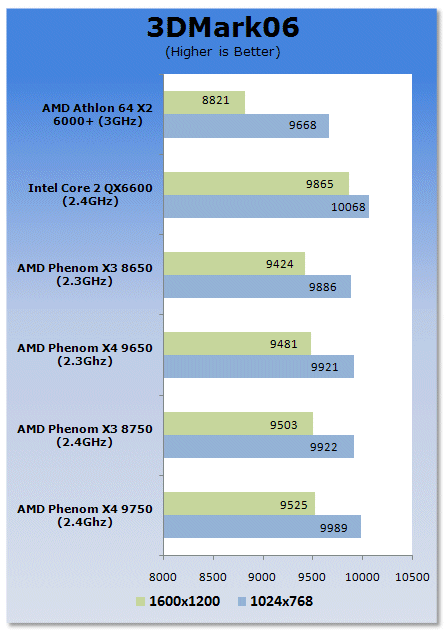
Moving into gaming, we don't see much of a difference here. 3DMark06 can't really take advantage of much more than two cores, making the X3 and X4 almost identical. However, the slower memory controller on the X3 slows it down a bit, making it lose a few points. This is how AMD manages to keep X4 ahead when all four cores aren't able to be used.
Benchmarks - Prey
Prey
Version and / or Patch Used: 1.2
Timedemo or Level Used: Hardware OC Demo
Developer Homepage: http://www.humanhead.com
Product Homepage: http://www.prey.com
Buy It Here

Prey is one of the newest games to be added to our benchmark line-up. It is based off the Doom 3 engine and offers stunning graphics passing what we've seen in Quake 4 and does put quite a lot of strain on our test systems.
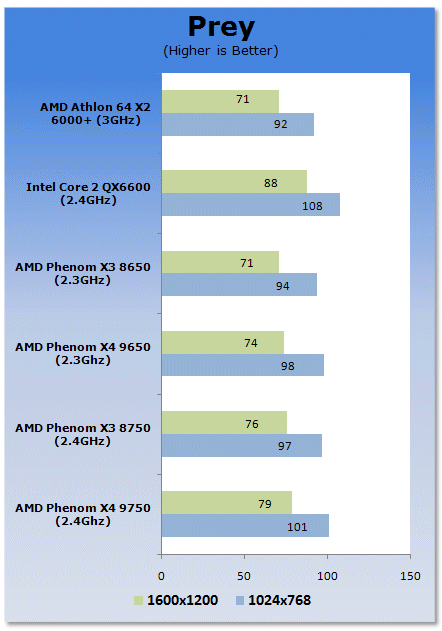
Prey also doesn't benefit from the extra cores used, but the slower memory controller on X3 slightly hinders its performance against the X4.
Benchmarks - Battlefield 2142
Battlefield 2142
Version and / or Patch Used: 1.25
Timedemo or Level Used: Custom Timedemo
Developer Homepage: http://www.dice.se/
Product Homepage: http://www.battlefield.ea.com/battlefield/bf2142/
Buy It Here

In Battlefield 2142, players choose to fight for one of two military superpowers - the European Union or the newly formed Pan Asian Coalition -in an epic battle for survival.
Armed with a devastating arsenal of hi-tech weaponry, including assault rifles, cloaking devices and sentry guns, players will also take control of the most lethal vehicles known to man. Massive Battle Walkers wage fierce combat on the ground, while futuristic aircraft rule the skies. When taking on this futuristic armor players will need to use their wits and an arsenal of new hi-tech countermeasures like EMP grenades and smart mines to level the playing field.
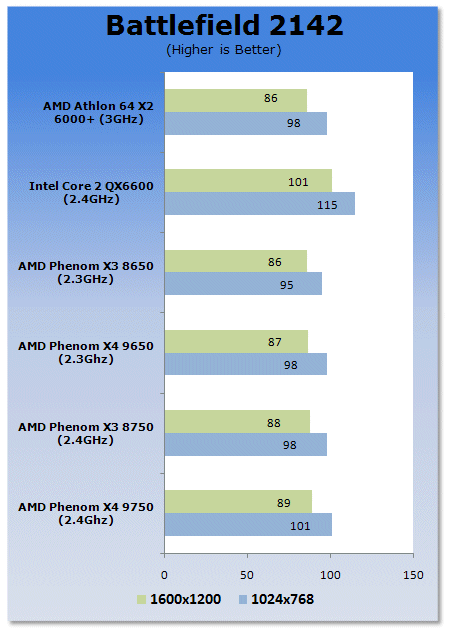
Pushing into the more intense Battlefield 2142 we see only a slight gap between the X3 and X4 processors.
Benchmarks - Far Cry
Far Cry
Version and / or Patch Used: 1.3
Timedemo or Level Used: Benchemall Default Demo(download here)
Developer Homepage: http://www.crytek.com
Product Homepage: http://www.farcrygame.com
Buy It Here

While Far Cry is now one of our older benchmarking games, it is still able to put pressure on most computers systems as it is able to utilize all parts of the system. Utilizing PS2.0 technology with the latest versions supporting Shader Model 3.0 with DX9c and offering an exceptional visual experience, there is no denying that even some of the faster graphics cards get a bit of a workout.
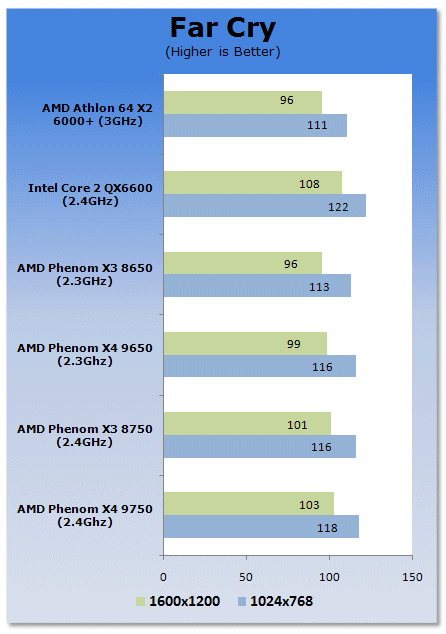
While an aging benchmark, it does allow us to see scaling in the CPU. Here we see the X3 slightly behind the X4 again, since only two cores are able to be used.
Power Consumption Tests
Power Consumption
We are now able to find out what kind of power is being used by our test system and the associated graphics cards installed. Keep in mind; it tests the complete system (minus LCD monitor, which is plugged directly into an AC wall socket).
There are a few important notes to remember though; while our maximum power is taken in 3DMark06 at the same exact point, we have seen in particular tests the power being drawn as much as 10% more. We test at the exact same stage every time; therefore tests should be very consistent and accurate.
The other thing to remember is that our test system is bare minimum - only a 7,200RPM SATA-II single hard drive is used without CD-ROM or many cooling fans.
So while the system might draw 400 watts in our test system, placing it into your own PC with a number of other items, the draw is going to be higher.
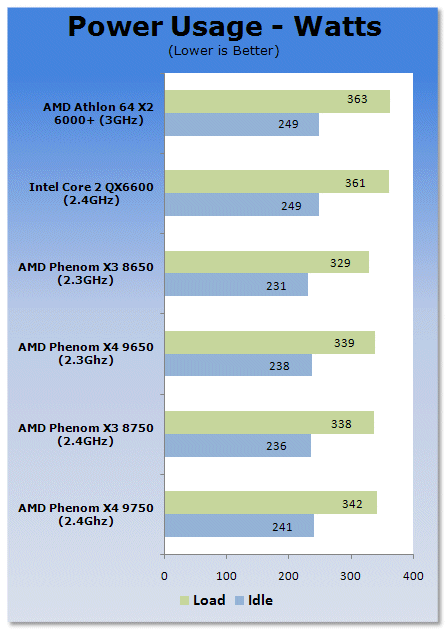
This is where the X3 manages to beat out the X4. With only three cores to worry about the power draw is quite a bit less, making it a more ideal office CPU and even HTPC offering. Its power requirements are extremely impressive.
Final Thoughts
AMD may have had a few hurdles with the K10 architecture in the beginning, but so far we have found it to be a good replacement for the K8, and it's about time too. AMD has fallen behind Intel quite a bit since the Core 2 architecture managed to wrangle the performance crown from AMD two years ago. Since then, AMD has tried to keep up with Athlon 64 X2, but it simply can't. Its architecture can't handle what Intel has designed its Core series to do.
Now AMD has managed to follow in some regards what Intel has managed to do. However, K10 is still a direct descendant of the K8, and from this comes a few of the inherent weaknesses in design, making it slower than Core 2 on a clock-for-clock basis as well as its limited core speeds. So far we have only managed to see official parts hitting 2.5GHz, and while overclocking has given us 2.7GHz, this has been done with voltage increases. AMD's design will soon have to switch to 45nm processes to survive.
Phenom, while being a good processor is in no way a replacement for the Core 2. If you're still after the highest performance you can get, Core 2 is the choice for now. However, if you're after a more affordable option with an upgrade pathway for quite some time, Phenom is what you're after. If you're an AMD Athlon 64 X2 user with an AM2 board, a Phenom X3 will slot in with a BIOS update to recognize it; you won't get the benefits of HT3 but you will get a triple core or quad core processor without having to change board, memory and graphics card.
The X3 series of Phenom is a more affordable option, making it a perfect choice to replace Athlon 64 X2s, pushing them back towards the Sempron market area. In all, the X3 fills a good void for AMD and will be a definite hit for from our prospective.

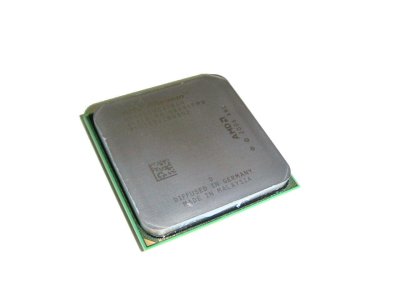
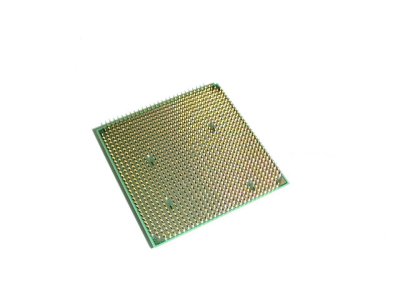
 United
States: Find other tech and computer products like this
over at
United
States: Find other tech and computer products like this
over at  United
Kingdom: Find other tech and computer products like this
over at
United
Kingdom: Find other tech and computer products like this
over at  Australia:
Find other tech and computer products like this over at
Australia:
Find other tech and computer products like this over at  Canada:
Find other tech and computer products like this over at
Canada:
Find other tech and computer products like this over at  Deutschland:
Finde andere Technik- und Computerprodukte wie dieses auf
Deutschland:
Finde andere Technik- und Computerprodukte wie dieses auf